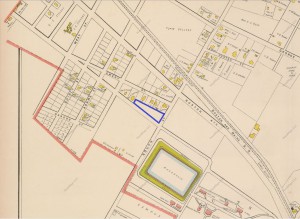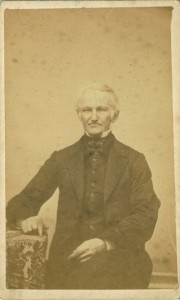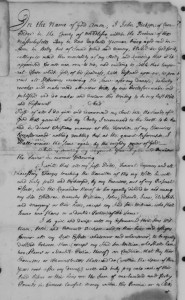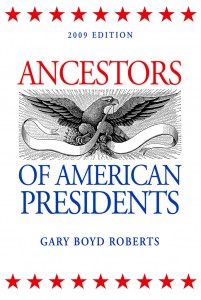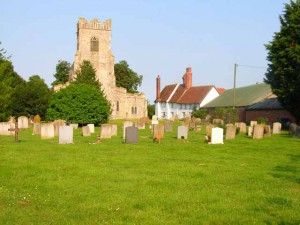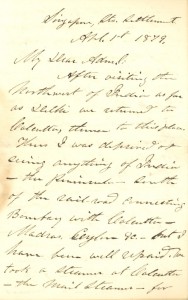 An autograph letter from former president Ulysses S. Grant[1] is a completely unexpected treasure in my grandfather’s box of family papers. The envelope holding the letter is not in Grant’s hand; evidently Rear Admiral Daniel Ammen (1819?–1898), to whom Grant wrote it in April 1879, handed it on to one of my grandfather’s relatives – at a guess, my great-great-uncle Robert Livingston Beeckman (1866–1935), then a boy of thirteen. Coincidentally, another family connection mentioned in the letter is my great-grandfather Steward’s kinsman, Rear Admiral William Edgar Le Roy (1818–1898).
An autograph letter from former president Ulysses S. Grant[1] is a completely unexpected treasure in my grandfather’s box of family papers. The envelope holding the letter is not in Grant’s hand; evidently Rear Admiral Daniel Ammen (1819?–1898), to whom Grant wrote it in April 1879, handed it on to one of my grandfather’s relatives – at a guess, my great-great-uncle Robert Livingston Beeckman (1866–1935), then a boy of thirteen. Coincidentally, another family connection mentioned in the letter is my great-grandfather Steward’s kinsman, Rear Admiral William Edgar Le Roy (1818–1898).
The letter itself is rather a travelogue, although General Grant is at pains to explain his apparent discourtesy to Richard Wigginton Thompson, the Secretary of the Navy. An interesting postscript is Grant’s compliment to Admiral Ammen on his “paper on the [Nicaraguan] Inter-Oceanic canal”[2]: the Panama Canal would not be built for another quarter-century. Continue reading General Grant in Singapore
